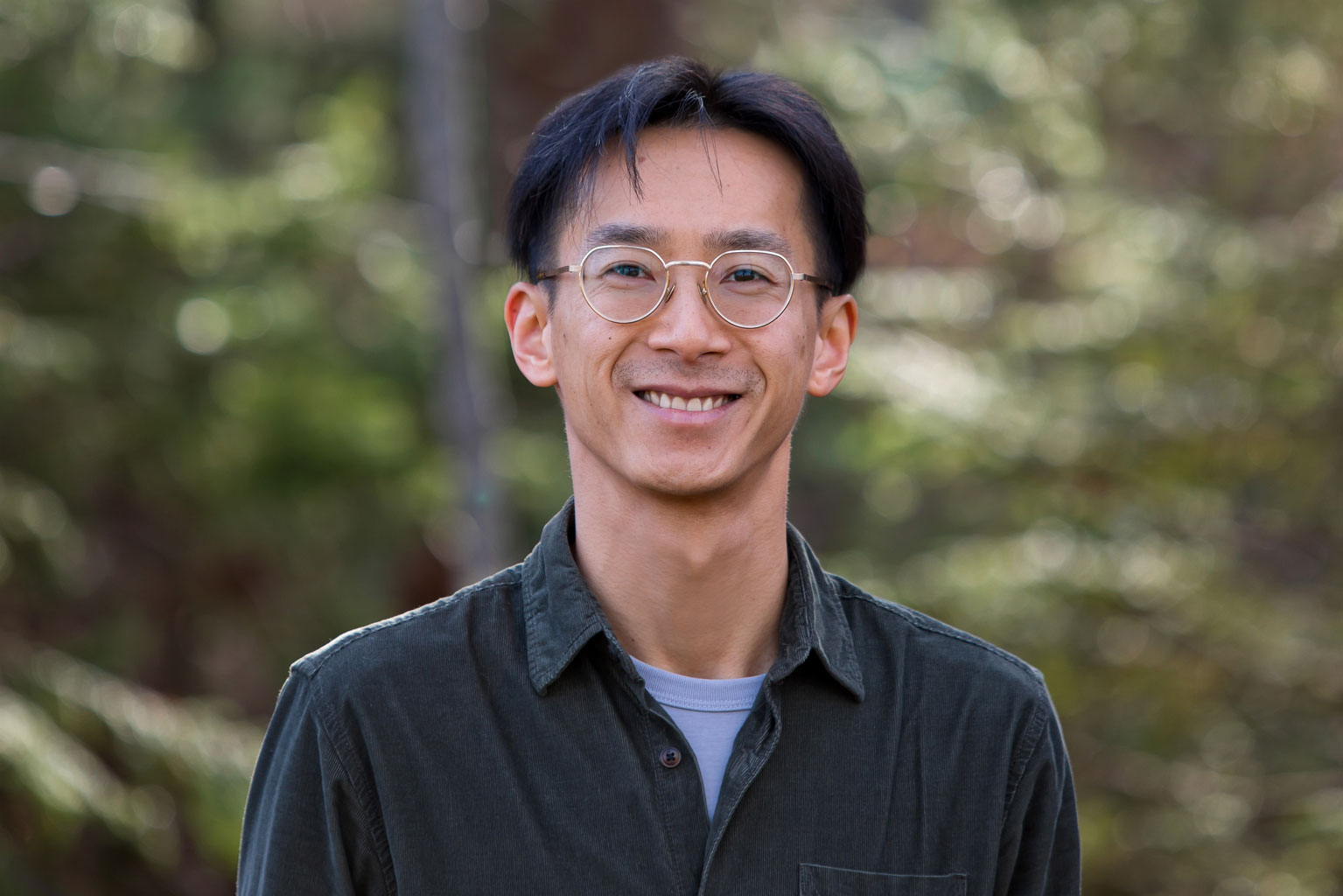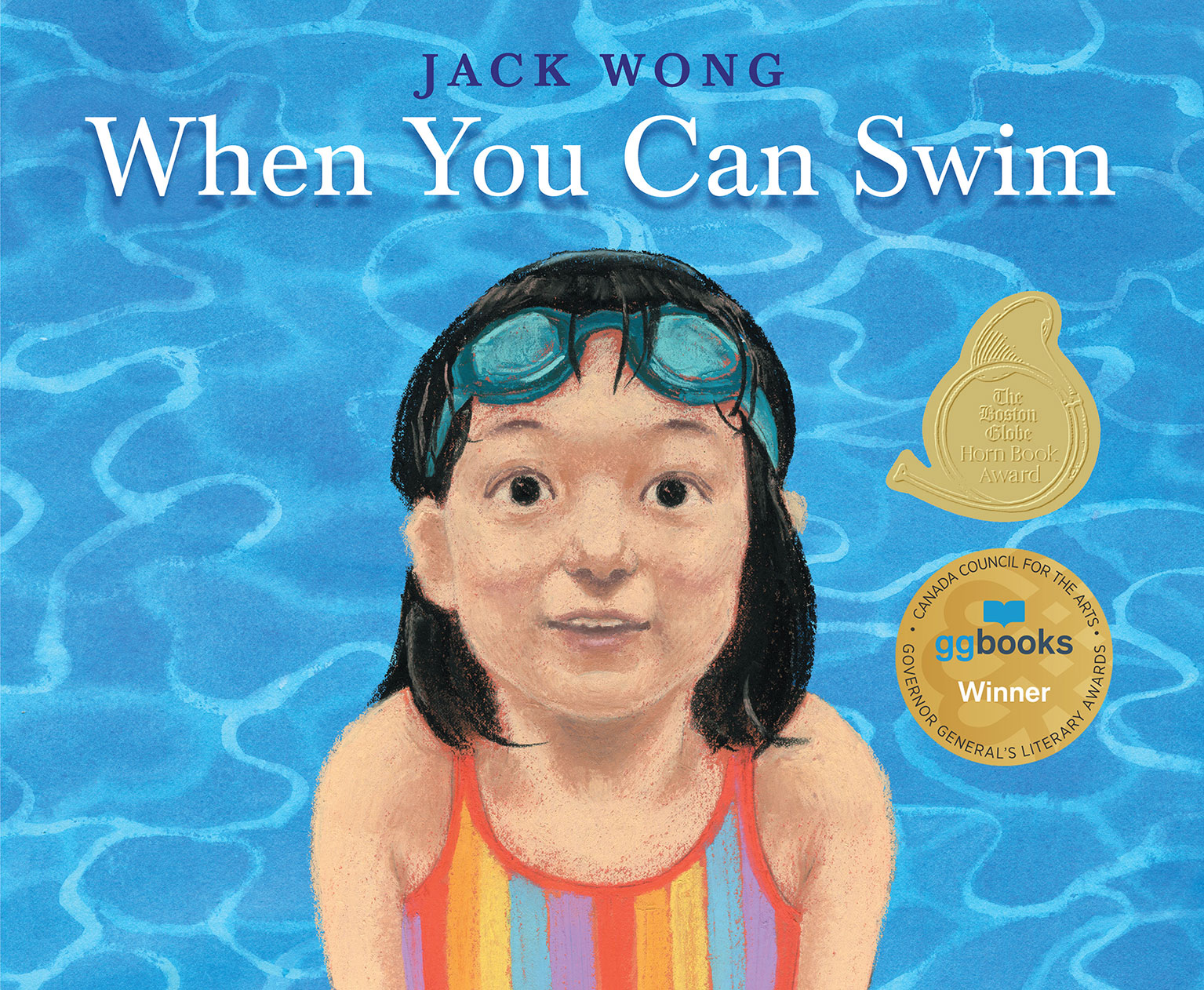
There are two stories Jack Wong tells to explain his journey from engineer to children’s author: One rises out of the types of projects he worked on in his hometown of Vancouver leading up to the Olympics circa 2008. “A lot of those projects were controversial—relocating vulnerable populations, widening all the highways to increase vehicle capacity, perhaps at the expense of public transit,” he says. “Outside of my job, when conversations came up about what I did, I found myself avoiding questions about it. It was troubling that I was lying about my work, not because I knew what I was doing was negative, but because I didn’t have the critical capacity to actually form an opinion. When I started having those feelings, I knew I was in trouble.” The other is how when he was a kid, he excelled at both drawing and math, leading grown-ups around him to urge him towards an architecture career. When he graduated engineering school, he visited Europe with the intent to draw iconic structures en plein air to create an architecture portfolio, “then had the realization… I didn’t actually like buildings! For so long I’d gone on other people’s assessment of me based on aptitude alone.” he says. “I went to Europe telling everyone I was preparing to apply to architecture school, and I came back wanting to go to art school.”
He moved to Halifax in 2010 to pursue his BFA at NSCAD. His debut children’s book, When You Can Swim, received both the Boston Globe–Horn Book Award and the 2023 Governor General’s Literary Award. His third book, All That Grows, is out in March and can be pre-ordered now wherever you buy books (Wong likes Woozles in Halifax).
What made you choose NSCAD from the other side of the country?
I wanted to shake things up—I’d lived in Vancouver most of my life. In February of 2010 I went to Portfoilo Day at NSCAD and visited the other campuses in major cities. Halifax was the most different I could get while still being in Canada. I loved it as soon as I got here. After the visit, Bryan Maycock sent me a hand-calligraphed postcard telling me to apply to NSCAD. I ultimately took Foundation Drawing with him, and had the pleasure of working with him for several years at the NSCAD Drawing Lab.
I can’t even imagine the differences between engineering and art school.
It’s so night and day in every aspect. I went from a lecture hall with 100 students and never finding anything in common with the person in front of the class, to having instructors that encouraged one-on-one interactions. If I had any questions, I had someone to talk to. Having professors to go to not only for the content that’s being conveyed in the class, but everything outside of it—from career-planning to getting settled in Halifax.
And what were your career goals?
I came into NSCAD with a fairly conventional view of being someone who made painting or drawings for galleries. By third year, a lot of those ideas were challenged and I also found it a lot of fun to work in installations and performance art. So at the end of NSCAD I was thinking about everything from making imagery to being a curator and finding my place in the artist-run centre ecosystem.

Do you have kids?
No.
So how did you end up a children’s book author and illustrator?
As you get older you have more kids in your life, so I was reading to my nieces or friends’ kids. And several chance encounters I had with kids’ books were some of the most impactful aesthetic experiences I’d had in a long time—just by opening a kids’ book I had a private gallery in my hands.
Do you physically draw the illustrations or is it a digital process?
I am physically drawing for a lot of it. Making art at an institution like NSCAD is so cerebral, and yet it’s still just about getting materials to cooperate at the end of the day. How the physical world isn’t behaving in ways you want it to—paint isn’t drying the right way—always served as some sort of indirect but profound parallel for the problems we face as a whole: a housing crisis, for example, needs to be solved politically and intellectually but we can’t forget that it’s fundamentally physical when someone doesn’t have a place to lie their head. I’m not saying digital takes away the real-world connection, but I’m always reluctant to put away the physical aspect because of the way it speaks to something larger. If I didn’t have that in my practice—if I wasn’t just constantly frustrated at a layer of paint not being opaque enough or something—I don’t know what else I would have!
